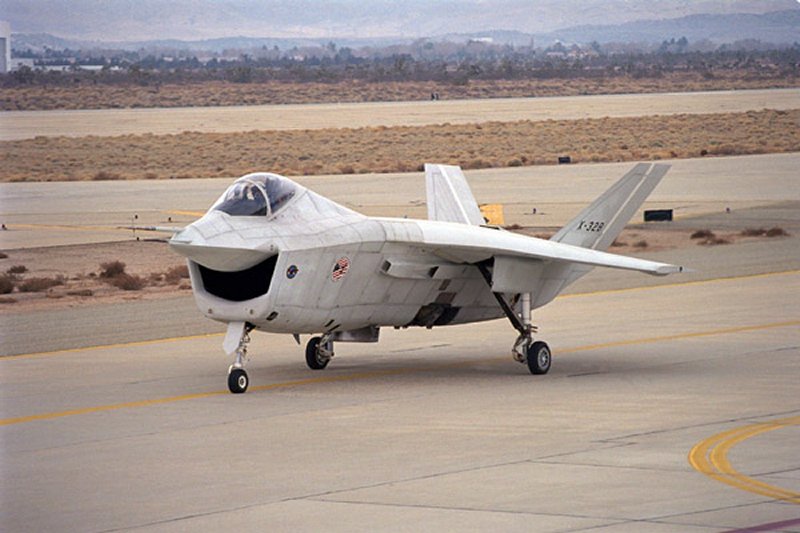- Reaction score
- 147
- Points
- 710
LockMart and Pentagon not mutually happy campers--still; Lt. Gen Bogdan has one tough job:
Mark
Ottawa
Pentagon Moves Forward — Unilaterally — on $6.1B Contract for Ninth F-35 Lot
The Pentagon on Wednesday evening [Nov. 2] announced a $6.1 billion contract [without engine one presumes] with Lockheed Martin for the ninth lot of joint strike fighter aircraft, but the F-35 manufacturer is not happy with the terms of the arrangement, which was not mutually agreed upon, according to a company spokesman.
The contract covers 57 low rate initial production (LRIP) aircraft, which will be procured for 3.7 percent less than the LRIP 8 batch of jet, the F-35 joint program office stated.
The joint program office initially intended to broker a deal for LRIP 9 and 10 together, a contract F-35 program executive officer Lt. Gen. Christopher Bogdan had said would procure about 150 aircraft for a total contract value of about $14 billion. Lockheed and the government intended to finalize an agreement in the early months of this year, but as negotiations pressed on into the fourth quarter, the government opted to award a unilateral contract action — a decision Lockheed disputes.
“The definitized contract for LRIP 9 announced today was not a mutually agreed upon contract, it was a unilateral contract action, which obligates us to perform under standard terms and conditions, and previously agreed-to items,” said Lockheed spokesman Mike Rein. “We are disappointed with the decision by the government to issue a unilateral contract action on the F-35 LRIP 9 contract. For the past 18 months, Lockheed Martin has negotiated in good faith consistent with our commitment to reach a fair and reasonable agreement on this critical program. We will continue to execute on the F-35 program and we will evaluate our options and path forward."..
http://www.defensenews.com/articles/pentagon-moves-forward-unilaterally-on-61b-contract-for-ninth-f-35-lot
Mark
Ottawa




